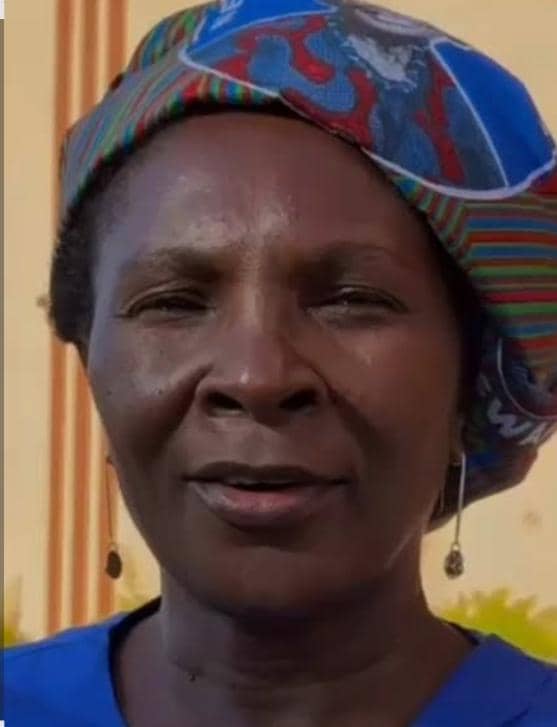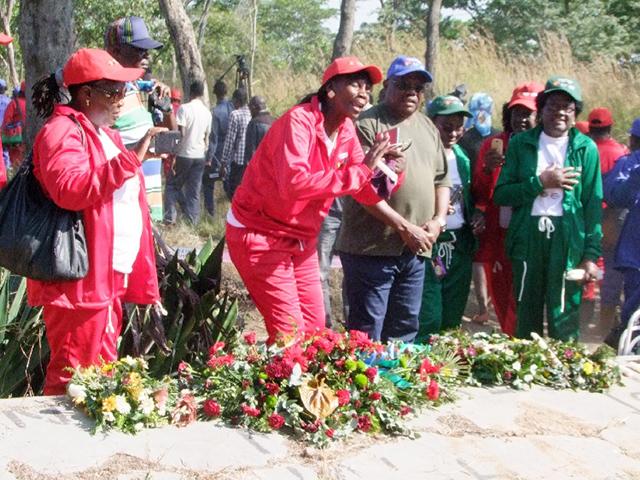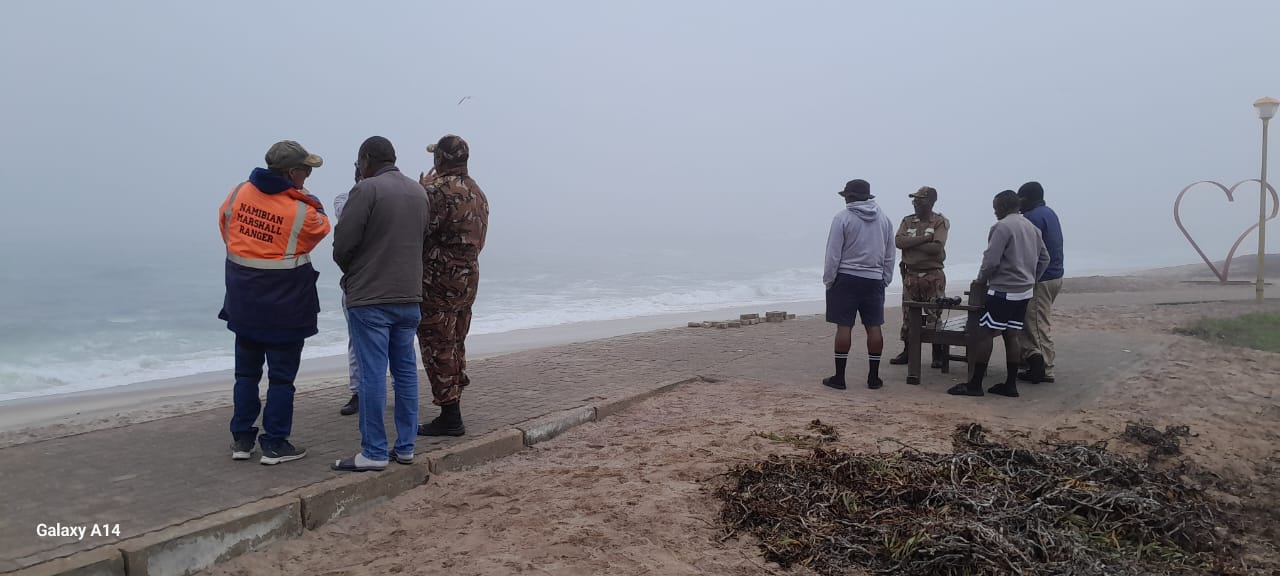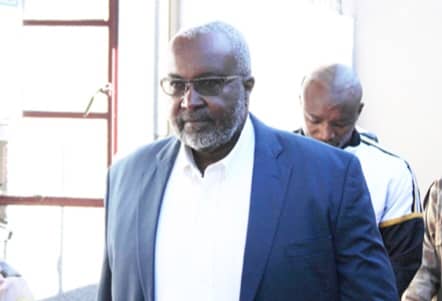THE only machine in Namibia used to treat skin cancer and superficial lesions, which is at the AB May Cancer Care Centre in Windhoek, has broken down – again.
As a result, cancer patients in need of radiotherapy have not received treatment for months. Officials in the Ministry of Health confirmed yesterday that the high-voltage X-ray machine (HVX) was out of order.They said the Ministry had no money to repair the machine and was awaiting the approval of its 2004-05 budget allocation.Donors have reportedly been reluctant to help with the repairs.The machine is likely to be out of order for the next three months.In February, The Namibian reported that both the HVX and the radiation machine, known as the Cobalt-60, had been out of order for almost two months.The Cobalt-60 has since been repaired.Since the breakdown of the machines, cancer patients in need of radiotherapy have either received inadequate treatment such as painkillers, or have been referred to South Africa.Spokesperson for the Windhoek Central Hospital, Cornelius Weyulu, earlier confirmed that the Ministry of Health had sent four patients to Cape Town for treatment.Sources, who declined to be named, said this would cost about N$30 000 per patient.In addition, 12 private patients have been referred to South Africa.According to the sources, up to 40 patients are affected by the breakdown.But most cancer patients in need of radiotherapy, such as 32-year-old Selma Kandume, continue to suffer from the lack of treatment.Kandume was diagnosed with kaposi’s sarcoma in 2000 but has yet to receive any treatment.Her situation is compounded by the fact that she is HIV positive.Kaposi’s sarcoma is a cancer of blood vessels that was considered very rare before the start of the AIDS pandemic.It is now the most frequent cancer in people with AIDS, affecting mostly African women.Medical statistics show that people infected with HIV are 100 to 300 times more likely to have kaposi’s sarcoma.The exact cause of AIDS-related kaposi’s sarcoma is also unknown as the causes appear to be multiple.However, studies have demonstrated significant declines in the incidence of the cancer following the introduction of the highly active anti-retroviral therapy for HIV-positive people.Kandume, a mother of two, told The Namibian that she had lived on painkillers for four years and that her recent trip to Windhoek to receive treatment had failed.”They told me that the machine is still broken.As soon as the machine is repaired, the hospital will contact me to come back from Grootfontein,” she said.The skin cancer, which mostly affects her legs, makes it very difficult and painful for Kandume to walk long distances or even stand for a while.”The cancer burns like fire and is making me sicker but with the help of God I can carry on,” she said.Officials in the Ministry of Health confirmed yesterday that the high-voltage X-ray machine (HVX) was out of order.They said the Ministry had no money to repair the machine and was awaiting the approval of its 2004-05 budget allocation.Donors have reportedly been reluctant to help with the repairs.The machine is likely to be out of order for the next three months.In February, The Namibian reported that both the HVX and the radiation machine, known as the Cobalt-60, had been out of order for almost two months.The Cobalt-60 has since been repaired.Since the breakdown of the machines, cancer patients in need of radiotherapy have either received inadequate treatment such as painkillers, or have been referred to South Africa.Spokesperson for the Windhoek Central Hospital, Cornelius Weyulu, earlier confirmed that the Ministry of Health had sent four patients to Cape Town for treatment.Sources, who declined to be named, said this would cost about N$30 000 per patient.In addition, 12 private patients have been referred to South Africa.According to the sources, up to 40 patients are affected by the breakdown.But most cancer patients in need of radiotherapy, such as 32-year-old Selma Kandume, continue to suffer from the lack of treatment.Kandume was diagnosed with kaposi’s sarcoma in 2000 but has yet to receive any treatment.Her situation is compounded by the fact that she is HIV positive.Kaposi’s sarcoma is a cancer of blood vessels that was considered very rare before the start of the AIDS pandemic.It is now the most frequent cancer in people with AIDS, affecting mostly African women.Medical statistics show that people infected with HIV are 100 to 300 times more likely to have kaposi’s sarcoma.The exact cause of AIDS-related kaposi’s sarcoma is also unknown as the causes appear to be multiple.However, studies have demonstrated significant declines in the incidence of the cancer following the introduction of the highly active anti-retroviral therapy for HIV-positive people.Kandume, a mother of two, told The Namibian that she had lived on painkillers for four years and that her recent trip to Windhoek to receive treatment had failed.”They told me that the machine is still broken.As soon as the machine is repaired, the hospital will contact me to come back from Grootfontein,” she said.The skin cancer, which mostly affects her legs, makes it very difficult and painful for Kandume to walk long distances or even stand for a while.”The cancer burns like fire and is making me sicker but with the help of God I can carry on,” she said.
Stay informed with The Namibian – your source for credible journalism. Get in-depth reporting and opinions for
only N$85 a month. Invest in journalism, invest in democracy –
Subscribe Now!










